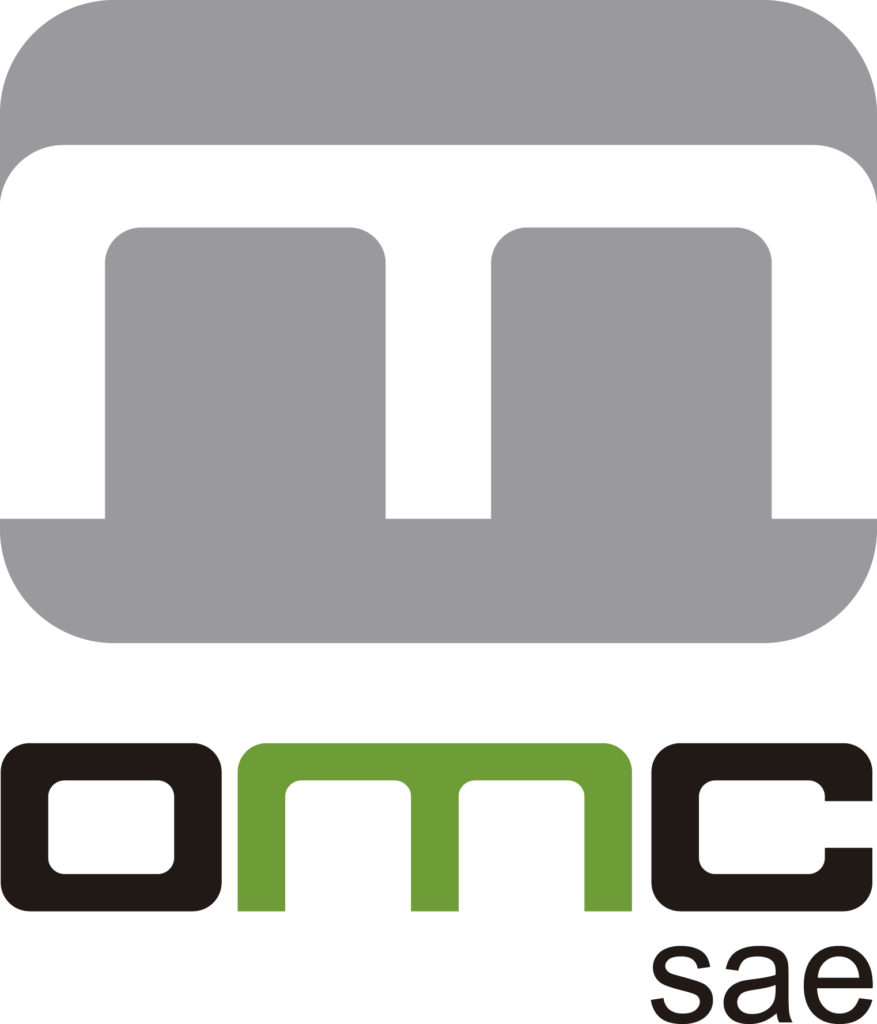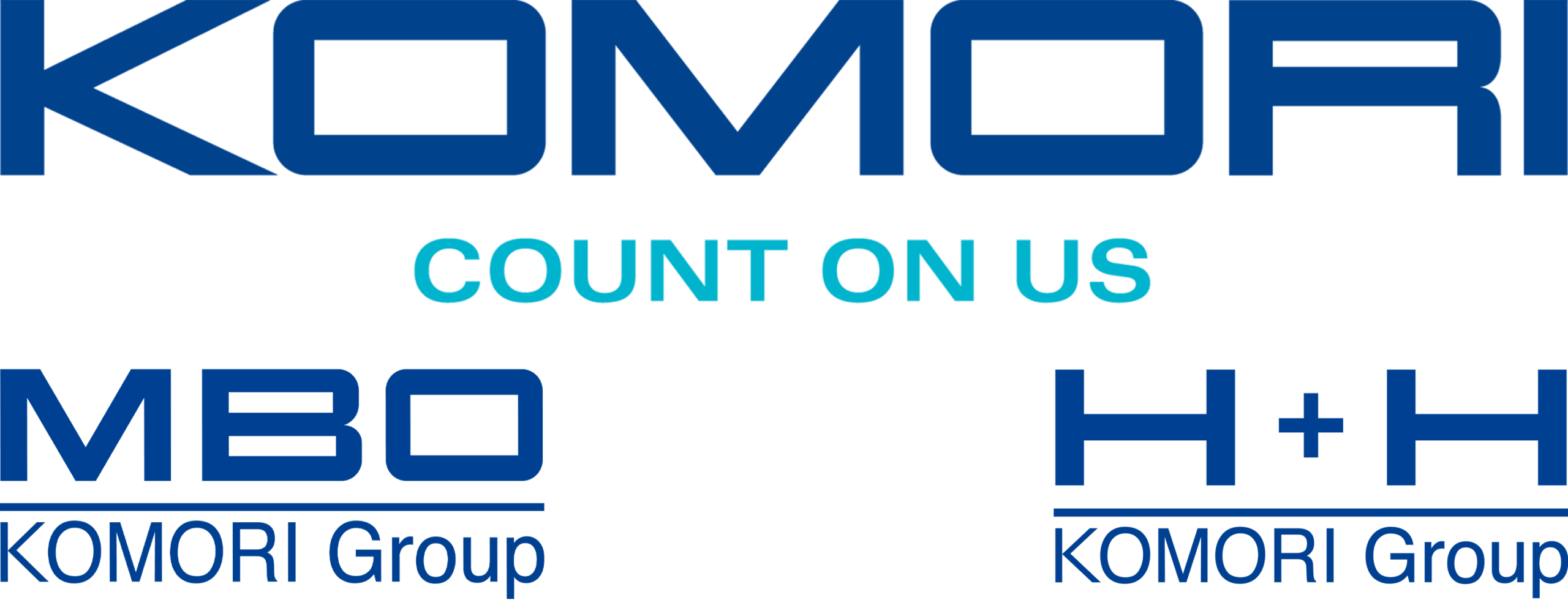At a time when the graphic market is being flooded with digital presses; in which it seems that printers are turning to complement their conventional machinery with the new technology, to respond to the new needs of its customers; in which general inertia inevitably leads towards digital; in which from these same pages we report "the jump to digital" of hundreds of companies of all sizes; It is at this moment that we observe with surprise, but also with admiration, that a company labels "native digital" like the Riojan Ethylisa, a label maker born under the umbrella of HP Indigo digital presses, walk the path to innovation in reverse, installing a semi-rotary offset press Miyakoshi MLP13C, from the hand of OMC, its exclusive distributor in Spain.
It was in 2010 when this Arnedo company, founded by Diego Castillo, current manager, began its journey in the complex and competitive world of the self adhesive label, with a great particularity: in a region with a great wine-growing tradition such as La Rioja, well stocked with labels by large and historic companies, all of them perfectly equipped and at the forefront of all existing printing technologies, Etilisa was born entirely digital, with a model and vision based on digital technology from HP Indigo, your trusted partner. In your company, Etilisa has grown and established itself as one of the main providers of added value labels in La Rioja, especially in the world of wine.
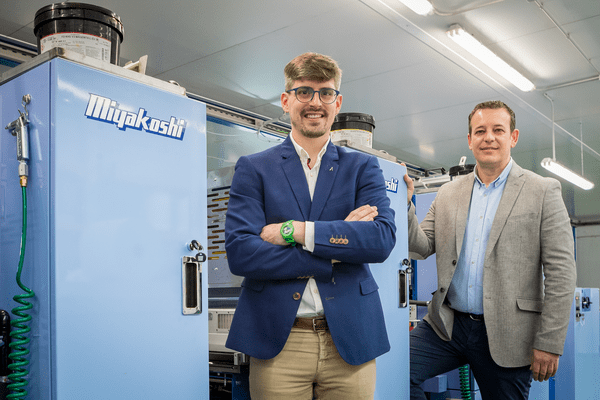
What, then, leads a young company, with a successful track record and with digital as its flag, to make the leap to "conventional"? “Maintaining our essence and production philosophy at the 100%, offset technology is the natural and necessary complement to our current workshop structure and allows us to choose both to expand our customer base and the possibility of offering new products to current customers. Our main market, the wine label, demands a very high quality of printing in medium productions and / or runs and offset technology allows us to respond to these demands ", introduces Diego Castillo.
But let's go in parts. The genesis of the project expand the machinery park towards conventional offset technology and how much has caught our attention is summarized in these words from the manager of Etilisa: “Our world is wine, from our beginnings. The wineries in the area have already tried us, they know us and they have told us that they like our quality and our service and that they want more. Why can't we keep these larger orders? From the argument of 'try us, share us', which is what we can offer with digital technology, we want to move on to 'give us the complete order', no matter how large. And our digital press is productive and fast, it gives us quality, service and immediacy, something highly valued by our clients, but it has a limit. In this context", continues Castillo, "We have to follow the path to make a workshop much more complemented and more balanced".
From digital offset to semi-rotary offset
Once the decision was made, the matter of choice of provider and the machinery that best suited Etilisa's needs. “We have seen up to five brands of offset semi-rotaries on the market. The most compelling reason for choosing Miyakoshi is that his technology is very introduced, proven and recognized, nationally and internationally, in the wine label printing market and, more specifically, they are already working in our area to service the wineries. In this sense, for technical and commercial reasons, we have chosen to continue in the line of machines and technologies already known in our natural market. Also, if we talk about HP digital offset, Miyakoshi is a benchmark in offset technology in the wine label market". The final choice fell on the semi-rotary offset press Miyakoshi MLP13C, represented in the Spanish market by OMC, sae - Miyakoshi, "Perfect for printing all types of papers and equipped with a flexographic body to reinforce the quality of the metallized, as well as five offset bodies".

"Its complete configuration, with unwinder, a flexo, five offset and rewinder, fits perfectly with the mentality and vision of this label manufacturer", explains David López, Miyakoshi Europe Sales Area Manager. “This semi-rotary press can produce at a maximum and constant speed of 250 ipm, regardless of its repeat length, up to a maximum of 355.6 mm (71.1 m / m approximately). Furthermore, its patented tension control system, based on two servo-motor rollers in the unwind unit and two in the rewind unit, ensures precise registration and stable tension control at maximum speed. MLP is our flagship and is having a very strong and positive introduction both in the Spanish national market and in Europe, with numerous facilities in other countries such as France, Italy, Portugal ... Its high productivity and reliability are its most characteristic features and mentioned by our clients ”.
The semi-rotary offset has the advantage that “You hardly need any tools and you have a variable format press, which is a huge advantage. This is Miyakoshi. In the semi-rotary printing system, when you compare it with the flexo, we change the format almost like a digital one; in fact, it is not necessary to touch the machine, it is all automatic and that helps a lot ", clarifies Rodríguez. "In fact, it is something that we have noticed lately, we work with large groups that are beginning to bet on this technology not only for quality, but also for format changes, cheaper than flexography. The semi-rotary has always existed, but very limited to very exclusive labels, but our machine allows us to reach much larger productions with that same quality and with all kinds of materials ".
Now the challenge for Ethylisa It's in integrate and develop the great potential of conventional offset. "Is not a new challenge for us. In fact, when we started in digital, 8 years ago, we had to learn to master this technology. Today we are in the same process with Miyakoshi, but we have eight years of experience, with a very exciting project and with the full collaboration and help of OMC and Miyakoshi Europe, whose teams are doing an extraordinary job, without forgetting the great commitment, professionalism and know-how of the entire Etilisa team that surrounds me and accompanies me ”, assures the manager of Etilisa. As we well know, the involvement of staff is essential in this type of facility, especially when it comes to the adoption of a new technology.

For a printing machinery supplier, How is the transition from digital to conventional? Is it difficult to digest?In the words of Enrique Rodríguez, Miyakoshi Europe Sales Manager, "In our experience, it depends mostly on the attitude and of the base that is had. This is essential. Typically, someone with knowledge of analog printing will switch to digital and, if you have a learning attitude, it will deliver relatively fast performance; but for this they must have the mentality that digital does not look like the above. And then there is the opposite part, from digital to conventional, with which we have had some experience, but Etilisa's, without a doubt, is the most radical; you start from another step. However, the process must be the same: learning and attitude. I do not think that operating an offset machine is much more complex, with all that it implies, than a digital one. In the end, it is not the machine, it is the process. There are two ways to make a label and each one has some factors that must be considered to get it. Etilisa has everything you need to implement and develop offset technology efficiently. He combines great knowledge and skills and that counts, a lot. And then comes the attitude. Knowledge and skill add up. But the attitude, not only adds; multiply”.
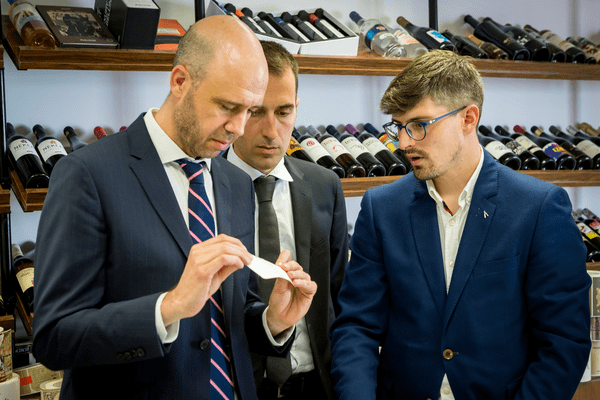
In reality, it is all part of a trend that we have observed for a long time in the workshops of label makers throughout Spain: the coexistence of different printing technologies. The idea that, in the early years of digital, penetrated -wrongly- into various layers of the market is far away: digital will replace conventional printing."They are complementary technologies, not exclusive", Enrique Rodríguez details. "They may coincide in certain cut-off points, but they are totally complementary. And in the world of the label, more than in other sectors of graphic arts, it is being seen that the trend is to make compatible different technologies within the same company to be able to respond to what the client demands at all times and that can be very changeable ".
Delve into the world of wine
A new horizon opens up for Ethylisa. "We are going to follow several steps", Diego Castillo explains. "After learning, because the machine has been installed for just a few weeks, and in a first phase, with all humility, we are going to sell the first orders to our lifelong customers, who give us their maximum confidence, and once this stage is consolidated , we will continue to deepen our market, wine, to capture higher volume orders and open ourselves to other markets like Rueda, Ribera del Duero, Toro or Cigales. In these denominations, unlike La Rioja, where each winery has several references and varieties, there is usually only one wine per winery, as is the case of Rueda mainly, with which the 25,000 labels of young wine from the Riojan winery in Rueda they can be 300,000. And with the new semi-rotary offset, now we can go to Rueda ". But Etilisa's vision is international and plans, in the future, to set out to conquer Bordeaux. “In a global world, with good planning and a commercial structure that knows the market, I think we have a very long way to go there, when we show how well we have done the labels in La Rioja. We are specialized in high quality labels and in Bordeaux the producers are clear that they sell excellence, so they protect the added value of their final product a lot ".
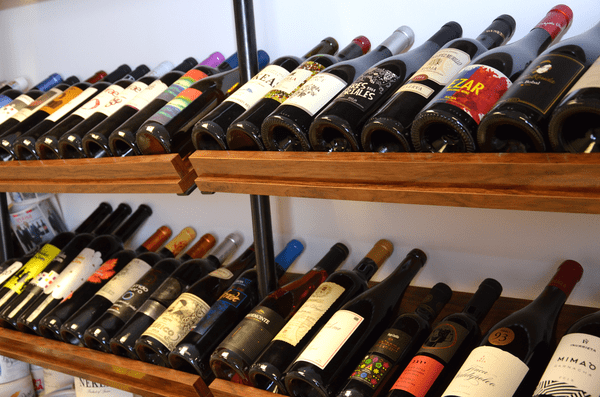
After a change of facilities in 2015 and reinforcing and professionalizing the company with the creation of new departments, Ethylisa (Arnedo, La Rioja) now face another challenge, implement and integrate the full potential of conventional offset from your native 100% digital experience.
Inside the 1,500-square-meter warehouse, a 600-meter space has been closed to air-condition the work area of the new Miyakoshi. The rest corresponds to the warehouse of raw materials and finished product and shipments. A new planning and quality office has also been opened, "Fully involved and integrated with the production area, because at Etilisa we understand that they must form a single department, not be separated", explains Castillo, as well as a new office for the CtP linked to the prepress department.
With a staff of 27 workers, Ethylisa has based its growth on the quality of its service, "Always working hard with the new client, always being by their side in their needs to be able to serve them well", concludes Diego Castillo. "Perhaps we could have grown more, but we have preferred to go a little slower and thus cement the project well."
